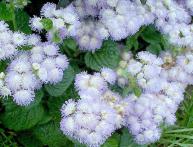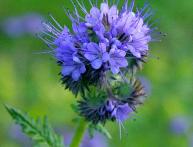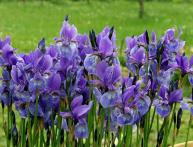Primrose: planting and caring for a plant in the garden
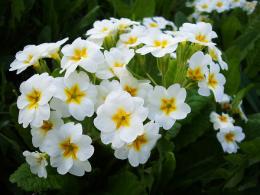
Everyone has been familiar with the modest spring flower primrose since childhood. It is one of the first to bloom in the garden. It is not for nothing that it was called the Greek word - first or primrose. Currently, breeders offer many gorgeous roses on tall stems, irresistible gladioli, bright dahlia.
However, a lot of attention is still paid to the humble primrose and to this day it remains a sought-after, desired and popular spring flower in any flower bed and garden. Thanks to the same breeders, primrose lovers now have many forms and varieties of this plant available. Let's try to find out what is remarkable about primrose, planting and caring for which is still of interest to many primrose lovers.
Content:
- The history of primrose, where and when to plant it
- Planting material and time for planting primrose
- Caring for primrose in the garden
The history of primrose, where and when to plant it
Despite its modest appearance, primrose has been known to people for several thousand years. This plant is surrounded by many legends. It is believed that its flowers, reminiscent of small keys due to a long tube, were dropped to the ground by St. himself. Peter. And these keys are from the real paradise. The gods of Olympus considered primrose a panacea for many diseases.
In England, from the 16th to the 19th centuries, there were entire clubs of admirers of this plant. Every year new ones appeared in this country varieties. Even rules and procedures for planting primroses in the garden were drawn up. Years of popularity gave way to years of calm.Only by the middle of the twentieth century the plant again became very popular. The genus Primrose is today the most numerous genus of herbaceous perennial plants. In its wild form it grows:
- on the territory of European countries
- In South America
- in Asian countries
- on o. Java
- in North America
- on the Arabian Peninsula
When choosing a place for primrose, it is important to know that in nature the plant prefers damp places and very often chooses the banks of reservoirs.
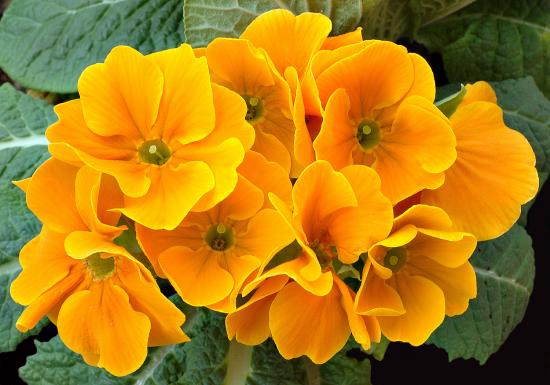
Where to plant primrose
When choosing a place to plant primroses on a site, it is better to give preference to places with light shade. In open sun, these plants develop much worse in garden conditions. A corner of the garden where the sun only comes in the morning is perfect. You can plant this plant under the crowns of fruit trees.
Taking into account the fact that many types of primroses settle near bodies of water, you need to choose moist areas with good drainage in the garden. Water is especially important for primroses in the spring. The best soil Almost all primroses will have fertile loams. Heavy clay soils with stagnant water are not for them.
If the soils are too light and poor, then peat and humus are added to them before planting, leaf soil is added and everything is dug up well. Enough for 1 sq. m add 15 - 20 g of complex mineral fertilizer, 10 kg of peat and leaf soil.
Planting material and time for planting primrose
In amateur gardening, primrose is most often propagated either by sowing seeds or dividing the bush. In both cases, the best time for planting will be the second half of summer - early autumn.
Some gardeners practice winter sowing of primrose seeds for seedlings or growing them in greenhouses with sowing in February; however, it is better to sow primrose seeds immediately after they have been collected.This is due to the fact that primrose seeds lose their viability very quickly. Each month of storage reduces the number of seeds capable of germination by approximately 5%.
Thus, by February there will be no more than 40 - 50% of all seeds capable of sprouting. In order not to “lose” seedlings primrose in the spring, you can sow it in a box and bury the box in the garden. Fill the box with a mixture of 1 part sand, 1 part turf soil and 2 parts leaf humus.
Moisten the soil well. You need to sow seeds over the entire surface. Sow at the rate of five pieces per cm. In the spring, when the snow melts and the air warms up, the first shoots will appear.
If the winter was not snowy and the spring was dry, the soil under the seedlings should be regularly moistened. At the stage of two true leaves, young primrose seedlings are planted. Small primroses should be planted at a distance of 10 - 15 cm. Large species should be planted at a distance of 20 - 30 cm. It is important that as they grow, the primrose rosettes close together, leaving no empty space.
In the first two winters after emergence, primroses need winter shelter. Usually it is enough to cover them with a 10 cm layer of leaves. The first flowers when propagated by seeds can be expected in the third year. Important! When using any method of seed propagation, always leave some seeds. This will make it possible to replant the primrose again if something destroys the previous crops.
Reproduction of primroses by dividing the bush
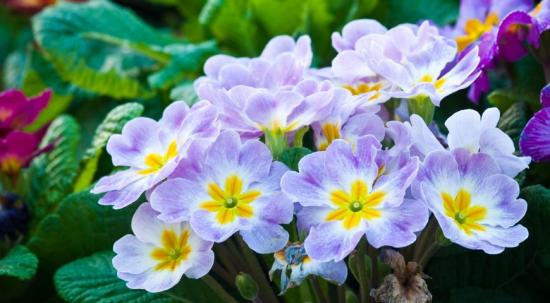
The best time to divide the bush is the end of August or the beginning of September. The best age of bushes for dividing is 4-5 years. Before removing from the ground, the bush is well watered. Dig up and wash the roots. Using a clean knife, divide into several parts. Important! Each part should have a bud.The cut areas are powdered with wood ash, and immediately planted in a well-drained hole. Primrose cannot be left in the air for too long. Two weeks after transplants, new bushes are fed with a universal mineral mixture.
Caring for primrose in the garden
Primrose does not require special care. Like many garden flowers, it needs:
- in loosening
- in weed removal
- in regular watering
Taking into account the fact that in a short period of time the primrose should not only grow a rosette of leaves, but also produce a flower and form seeds. Therefore, the plant needs to be fed at least three times during this time. The first spring feeding can be done with diluted slurry. To do this, dilute 1 liter in 10 liters of water and water each bush.
When two weeks have passed, you can water the plant with complex mineral fertilizer. At the end of July, the plant is fertilized with a phosphorus-potassium mixture. In addition, every year you need to add a layer of fresh fertile soil under all primroses. After a few years, the primroses become too crowded on the site. The flower bushes begin to crowd each other, there is a struggle for water and fertilizer.
To avoid excessive thickening of plantings, once every five years primrose bushes need to be dug up, rejuvenatingly divided and replanted. Among primroses there are species that bloom not in spring, but in summer. The basic principles for growing summer primroses are the same as for spring ones.
Video about growing primrose:





